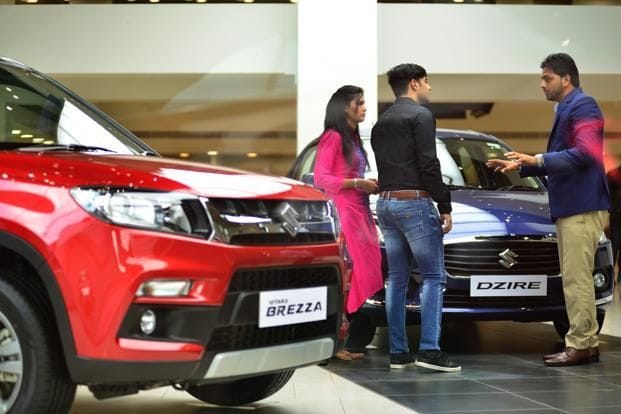India is becoming one of the world’s most promising electric vehicle (EV) markets, and global carmakers are starting to notice. In 2025, a major shift is underway: leading foreign automakers like Skoda and Mercedes-Benz are planning to set up EV manufacturing operations in India under a new government scheme. This move marks a turning point in India’s automotive sector — one that blends clean energy goals with economic growth.
So, what is this government scheme all about? Why are big brands interested? And why has Tesla decided not to join the race? Let’s break it down.
The New EV Scheme by the Indian Government
In 2025, the Ministry of Heavy Industries announced a fresh push to support electric car manufacturing. Known as the Scheme to Promote Manufacturing of Electric Passenger Cars in India (SPMEPCI), it offers several benefits to automakers who set up local production units.
Key highlights of the scheme:
- Import duty concessions for a limited number of vehicles (if the company commits to setting up a factory)
- Lower tax rates and policy support for setting up EV plants
- A clear timeline for production and investment requirements
- A strong focus on Make in India and clean mobility
This new approach is designed to attract global players, boost domestic production, reduce dependence on imports, and make India a competitive EV manufacturing hub.
Skoda and Mercedes-Benz Step In
Both Skoda Auto Volkswagen India and Mercedes-Benz have shown strong interest in participating under this scheme. These companies are evaluating locations, investment strategies, and timelines to start manufacturing EVs locally.
Skoda has long planned to expand its footprint in India. The new scheme gives the brand a perfect reason to invest in electric mobility. Manufacturing EVs locally will help Skoda reduce costs, become more competitive in pricing, and cater to a growing base of eco-conscious Indian consumers.
Mercedes-Benz has already brought EV models like the EQB and EQS to the Indian market through imports. But now, with the new scheme, Mercedes is planning to go a step further by exploring local assembly and future EV production. This move aligns with their global vision of sustainability and their ongoing efforts to bring more affordable luxury EVs to Indian roads.
Tesla’s Hesitation
While many expected Tesla to be the first to take advantage of this scheme, the company has taken a different route. Tesla is interested only in setting up sales outlets, not a full-fledged manufacturing plant.
This means Tesla is not eligible for the benefits of the scheme, which are tied to local production. Industry experts believe Tesla’s cautious approach might be due to its preference for high-margin markets and concerns over price sensitivity in India.
Still, Tesla may join the race later if market conditions improve or the company finds a local partner.
What This Means for India
The entry of global automakers into local EV production is a big step for India:
- New factories will generate thousands of direct and indirect jobs and attract foreign investment
- Advanced EV technology and manufacturing techniques will benefit the Indian auto industry
- Local production will make EVs more affordable and accessible to Indian consumers
- More charging stations and EV support systems will follow the production surge
Final Thoughts
India’s EV revolution is gaining serious momentum. With Skoda and Mercedes-Benz stepping up to build EVs locally, the country is well on its way to becoming a global EV manufacturing hub. While Tesla remains on the sidelines for now, the doors are still open.
As government support grows and infrastructure develops, we can expect more foreign players to follow. The next few years will be critical — not just for India’s green goals, but also for its position in the global auto industry.
Stay tuned to My Car Wisdom for more updates on India’s EV journey.
Raja Yadav, the content writer at My Car Wisdom, brings a unique voice and style to our blog. With a knack for storytelling and a keen eye for detail, Raja ensures that every piece of content is informative, engaging, and easy to understand. His focus is on delivering high-quality articles that cater to both novice car owners and seasoned automotive enthusiasts.




